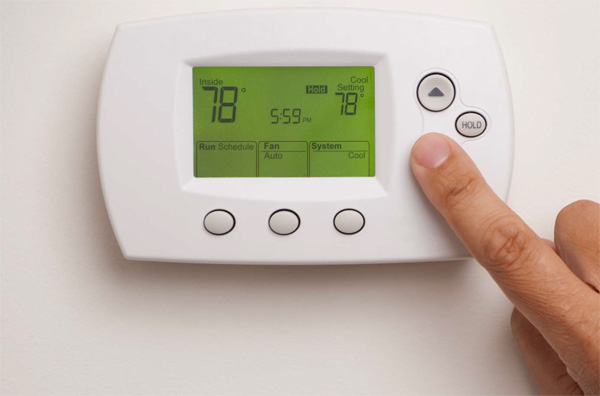How is the regional controls’ market looking in view of initiatives by entities like Estidama, ESMA, QSAS and Dubai Municipality? As a result of the district cooling slowdown, are controls manufacturers looking elsewhere for growth? We found out. By Valeria Camerino
How is the regional controls’ market looking in view of initiatives by entities like Estidama, ESMA, QSAS and Dubai Municipality? As a result of the district cooling slowdown, are controls manufacturers looking elsewhere for growth? We found out. By Valeria Camerino

HVAC controls are broadly distributed into three categories – Chiller Plant Manager (CPM), Building Management System (BMS) and Standalone Airside controls (i.e. AHU controls, FCU controls, VAV controls). These are used in a wide range of applications, including hospitals, shopping malls, oil & gas and non-process buildings.
As Harmandeep Singh, Trane Controls & Contracting Leader, UAE, Qatar, Kuwait explains, overall HVAC system performance is heavily dependent upon operation of the HVAC controls, and, hence, tackling the operational issues is of prime importance.
“Lack of skilled BMS operators, and the frequent changing of FM companies, limit the benefits that can be derived out of an HVAC system,” he points out, adding that “maintenance is less of an issue today, as control systems are more robust, and owners, contractors and FM companies tend to rely on the Original Equipment Manufacturers for their maintenance needs”.
In terms of technical criteria, synchronisation between equipment and controls is fundamental to achieve overall HVAC system performance.
“Controls should be highly reliable, scalable for future expansion, easy to program and operate. They should also comply with UL or CE listing and, for communication purposes, they should be compatible with the industry standard open protocols ̶ for example BACnet, LonTalk & Modbus,” Singh says.
The most common installation issues include interfacing between equipment and controls, with regard to type and availability of signals.
Singh explains that, since HVAC controls installation is usually undertaken by local subcontractors, non-adherence to manufacturers’ recommendations, and quality of locally sourced materials are always a concern.
“For this reason, Trane promotes the concept of factory-mounted controls on Trane equipment, where the installation of controls undergoes the same QA/QC processes as applicable for Trane equipment in the factory,” he says.
This, in his view, saves a significant amount of time spent on installation, testing and commissioning on site, as well as ensures a single-source responsibility for the satisfactory operation of the HVAC system throughout its lifetime.
Singh is confident that the market has entered a phase of strong growth. Part of this, he says, can be explained by the growth in HVAC equipment sales but much more is probably linked to the general acceptance of the fact that controls can bring benefits to installers — in the form of faster installation and commissioning — and end users through easier operation, access to meaningful information and energy savings.
Furthermore, with the increasing influence of local regulatory authorities like Estidama, the standard for HVAC controls is being redefined, and high-quality, energy efficient and environmentally responsible products are becoming popular. “In this transition towards intelligent energy management systems, controls play the critical role of coordinating all the individual elements in a building to ensure that they operate in an optimised manner,” Singh argues.
He believes that the industry is moving away from a first-cost approach and towards value-based decisions. “Installers are increasingly focused on fast, hassle-free installation, testing and commissioning and operators expect user-friendly interfaces, reliable systems and resultant energy and labour savings,” he argues.
Although Singh acknowledges that the slowdown of the district cooling sector has resulted in a shift in focus on energy monitoring and billing systems on the tenant side of the business, he emphasises that integration of power monitoring units and BTU meters into the central HVAC control system is rapidly gaining pace.
Furthermore, installers are also seeing the benefits of factory — fitted controls. “In addition, as the HVAC installations and building stock of the region age, we are seeing more interest in major upgrades and replacements,” he points out. “And once again, controls are playing an important role in delivering operational savings.”
Copyright © 2006-2025 - CPI Industry. All rights reserved.